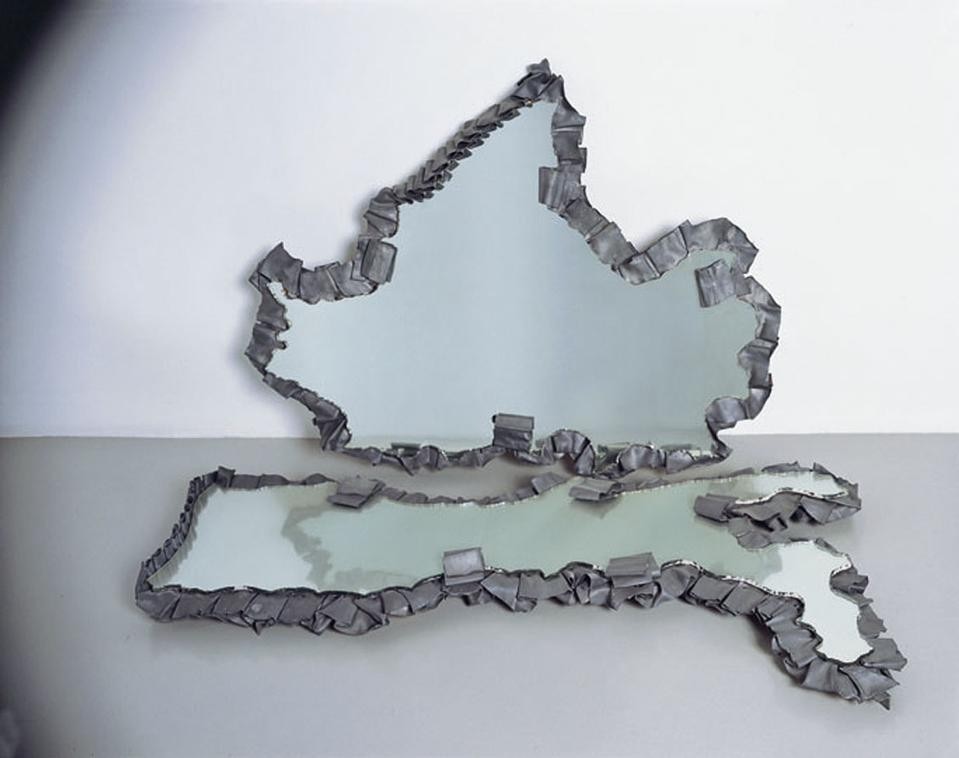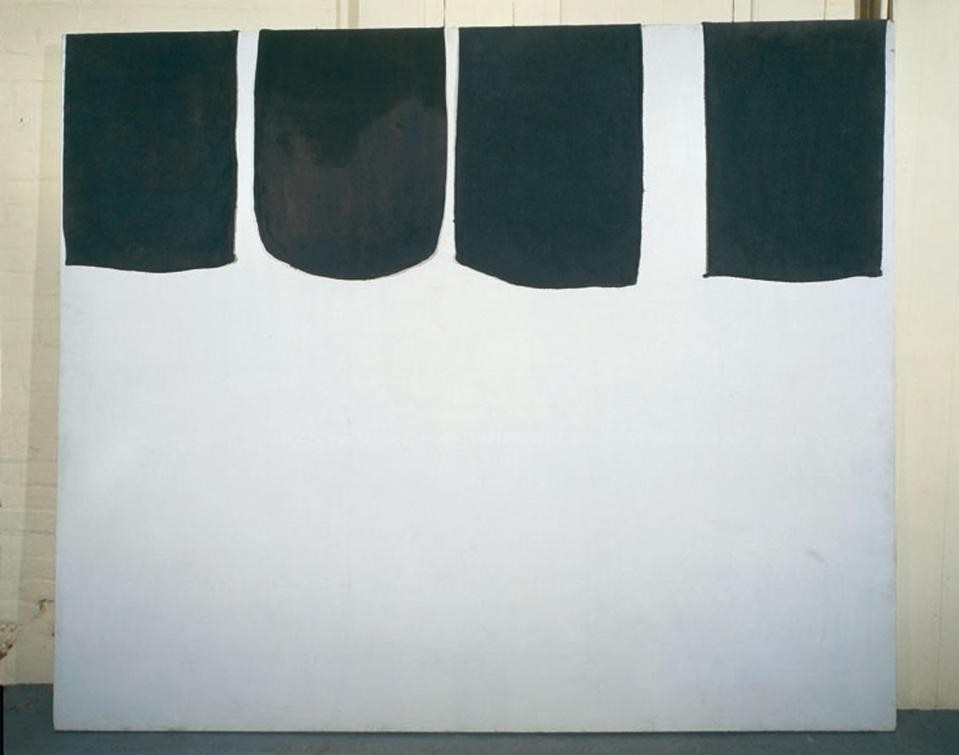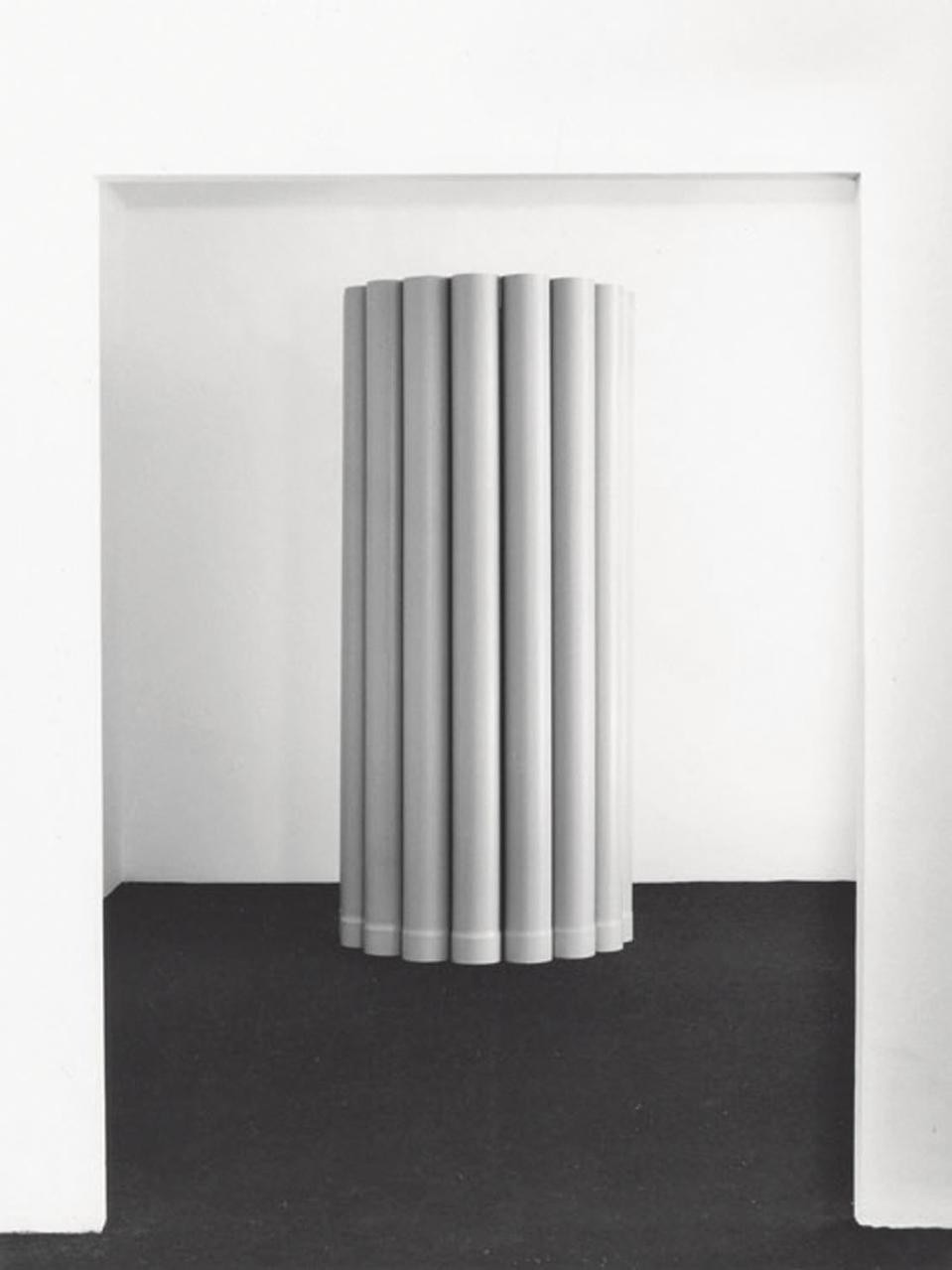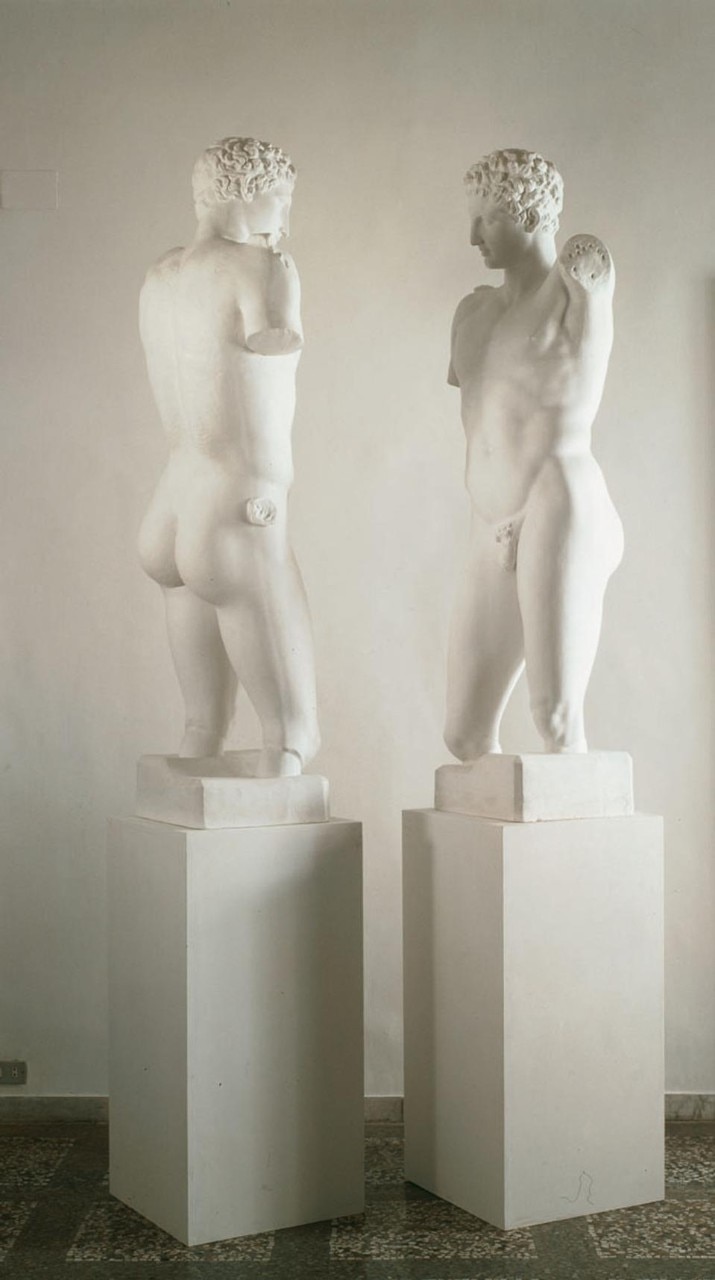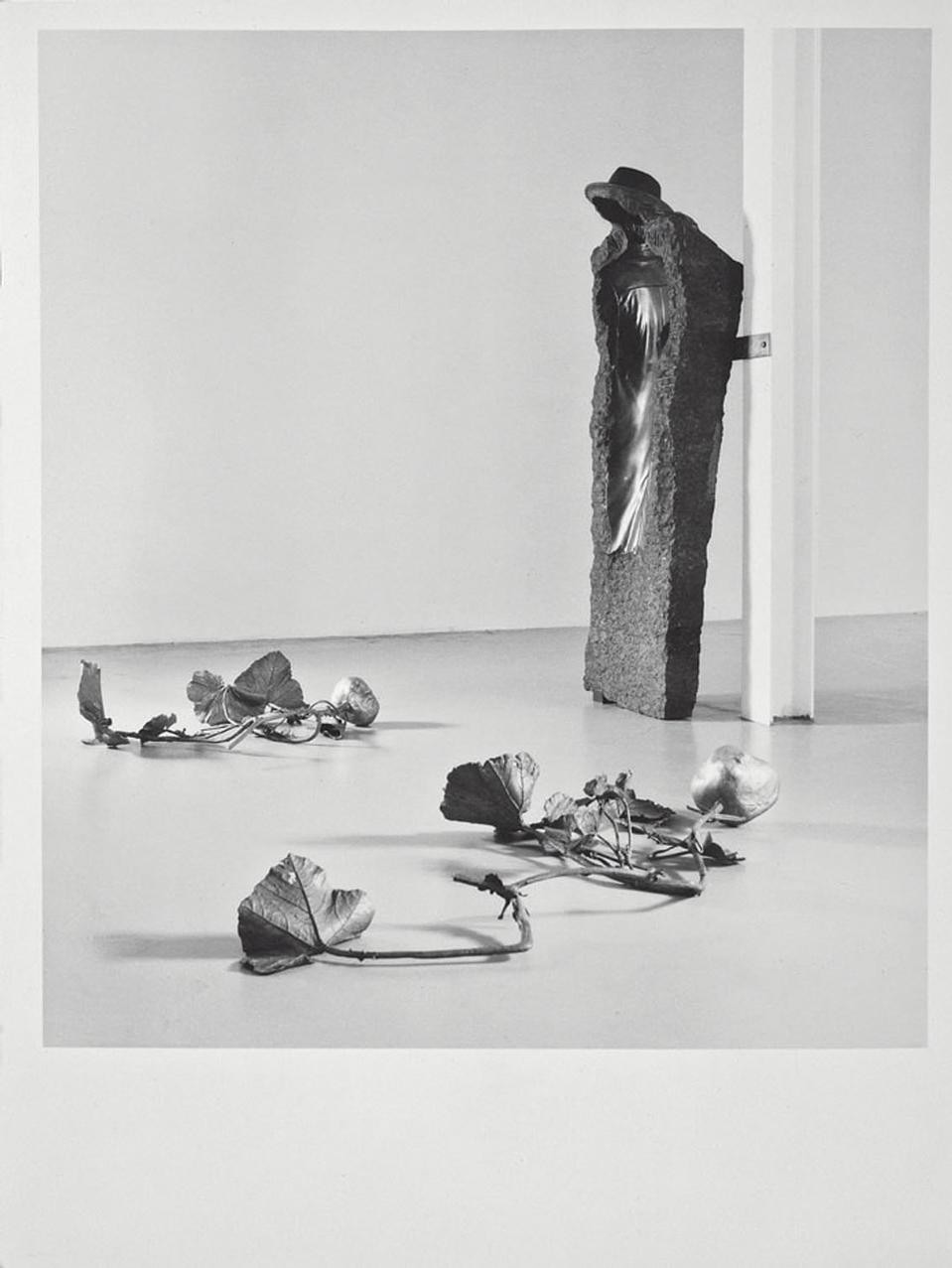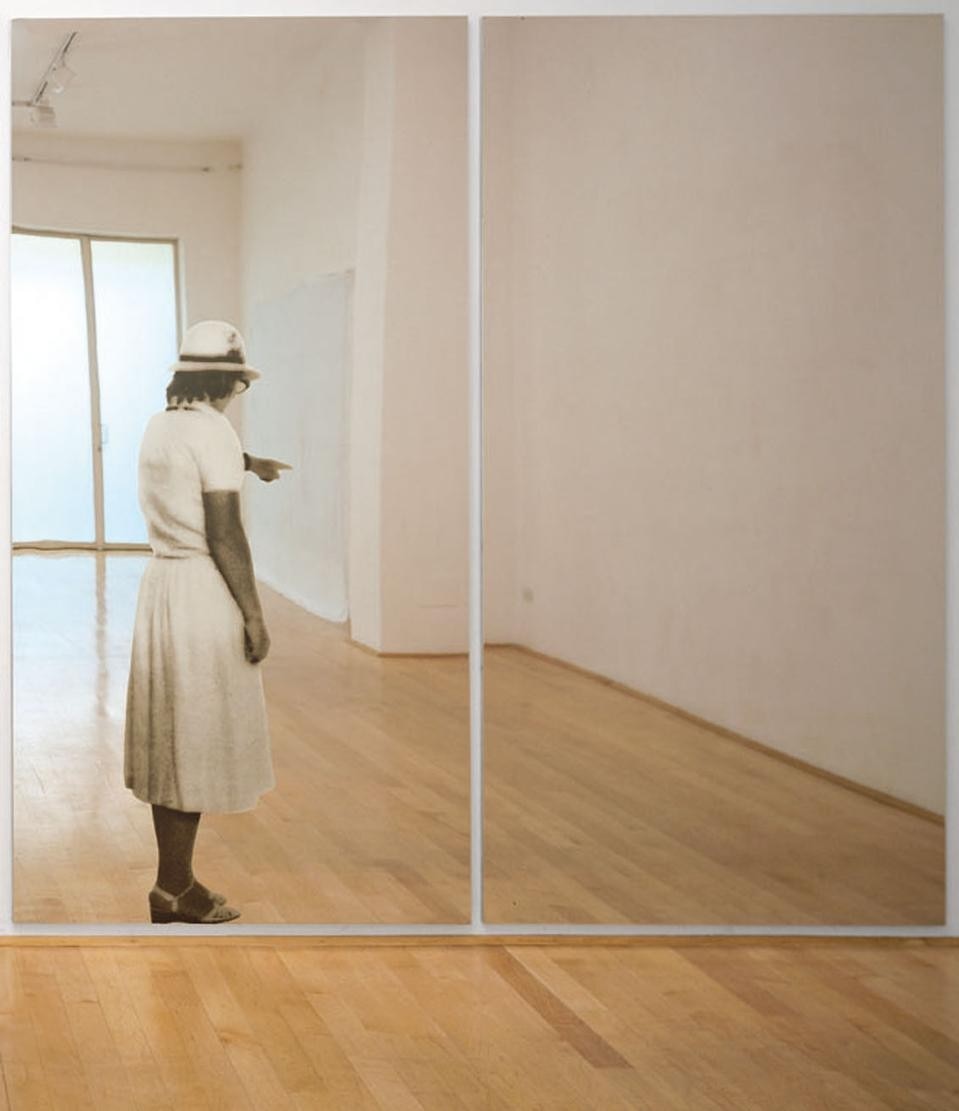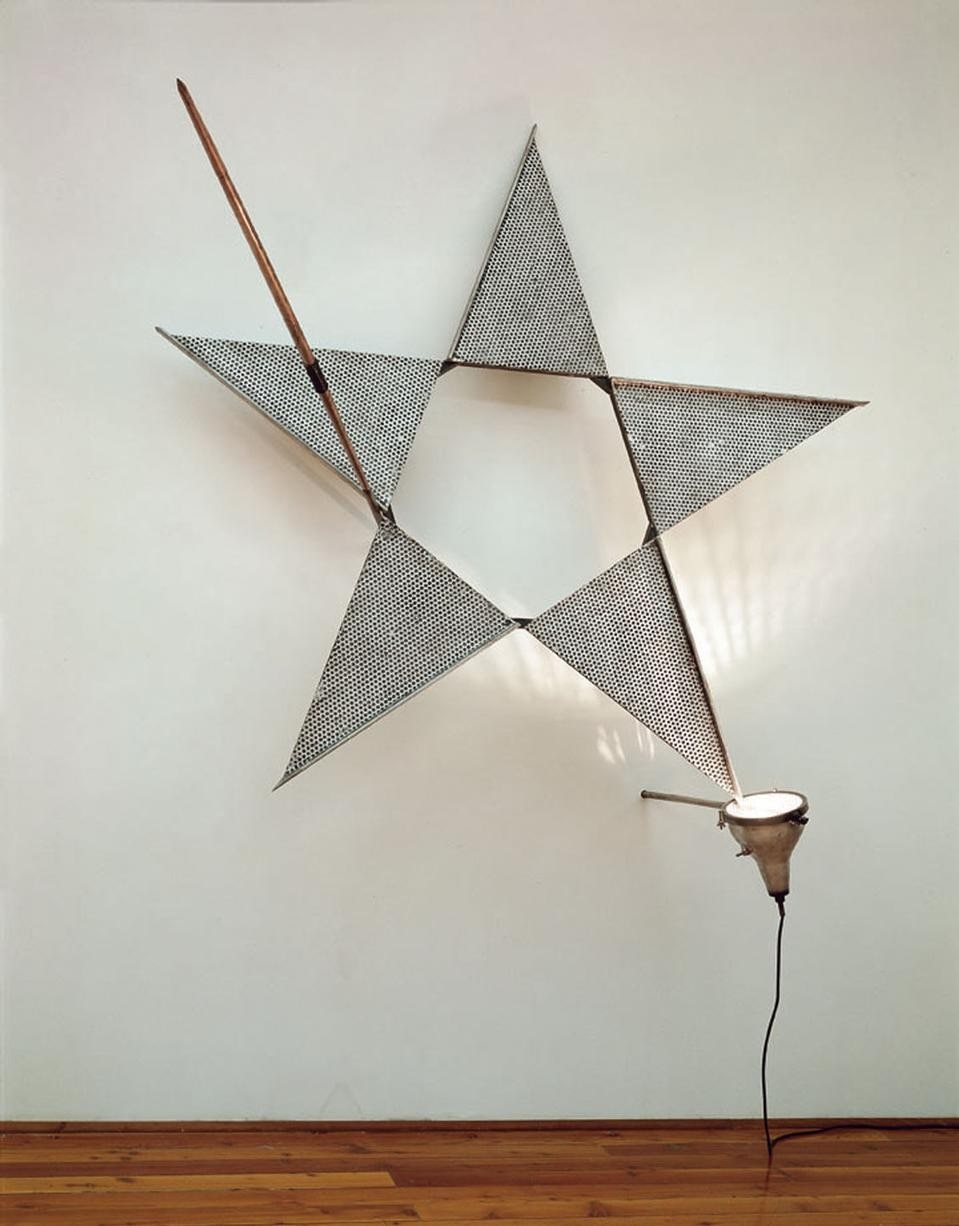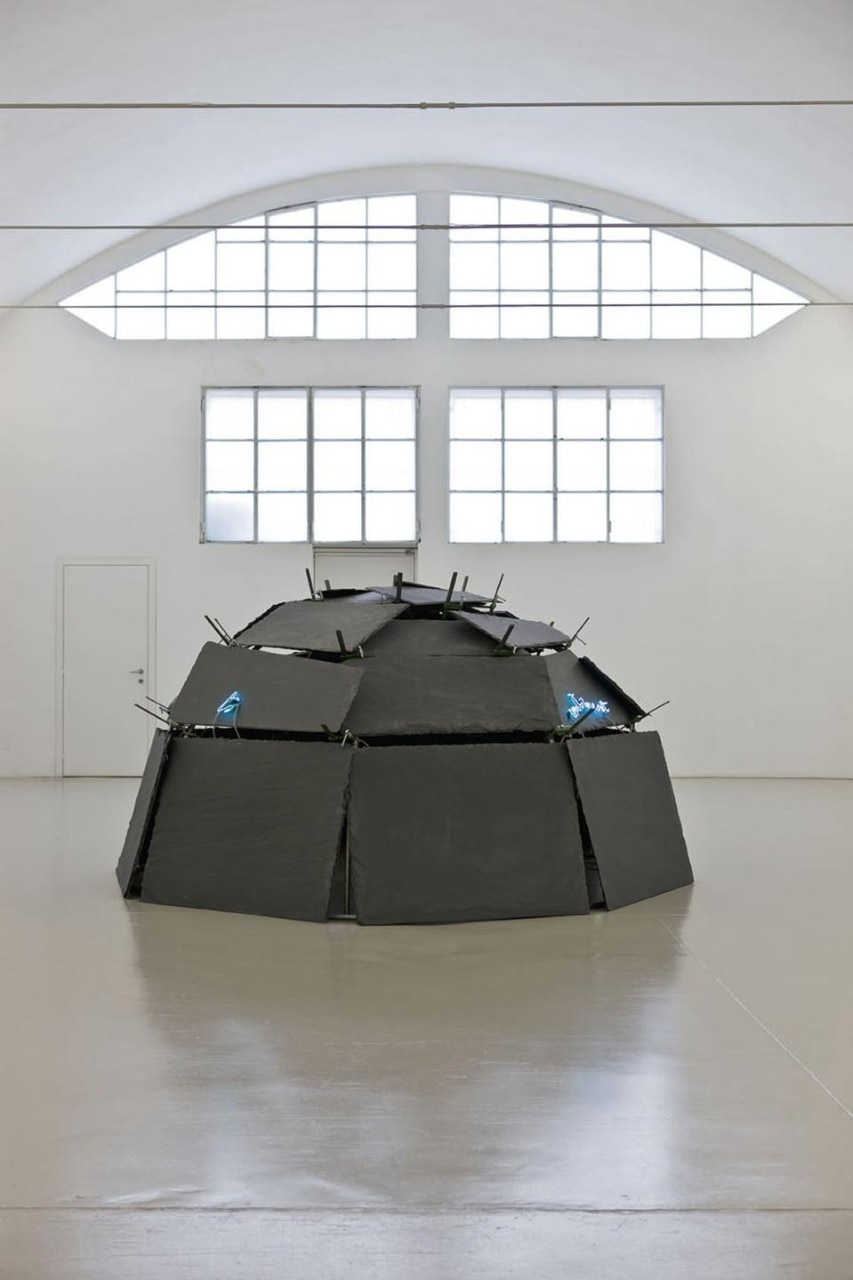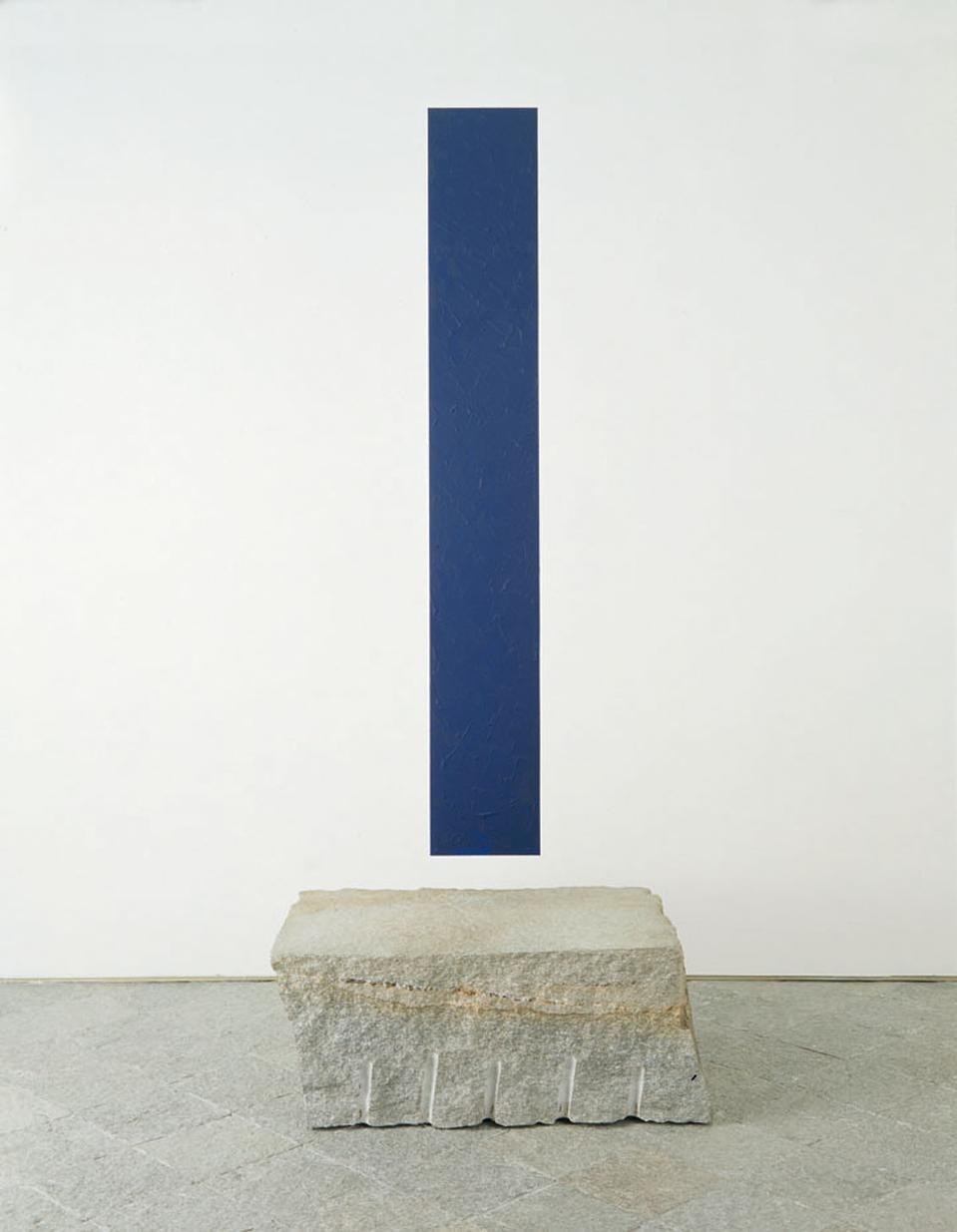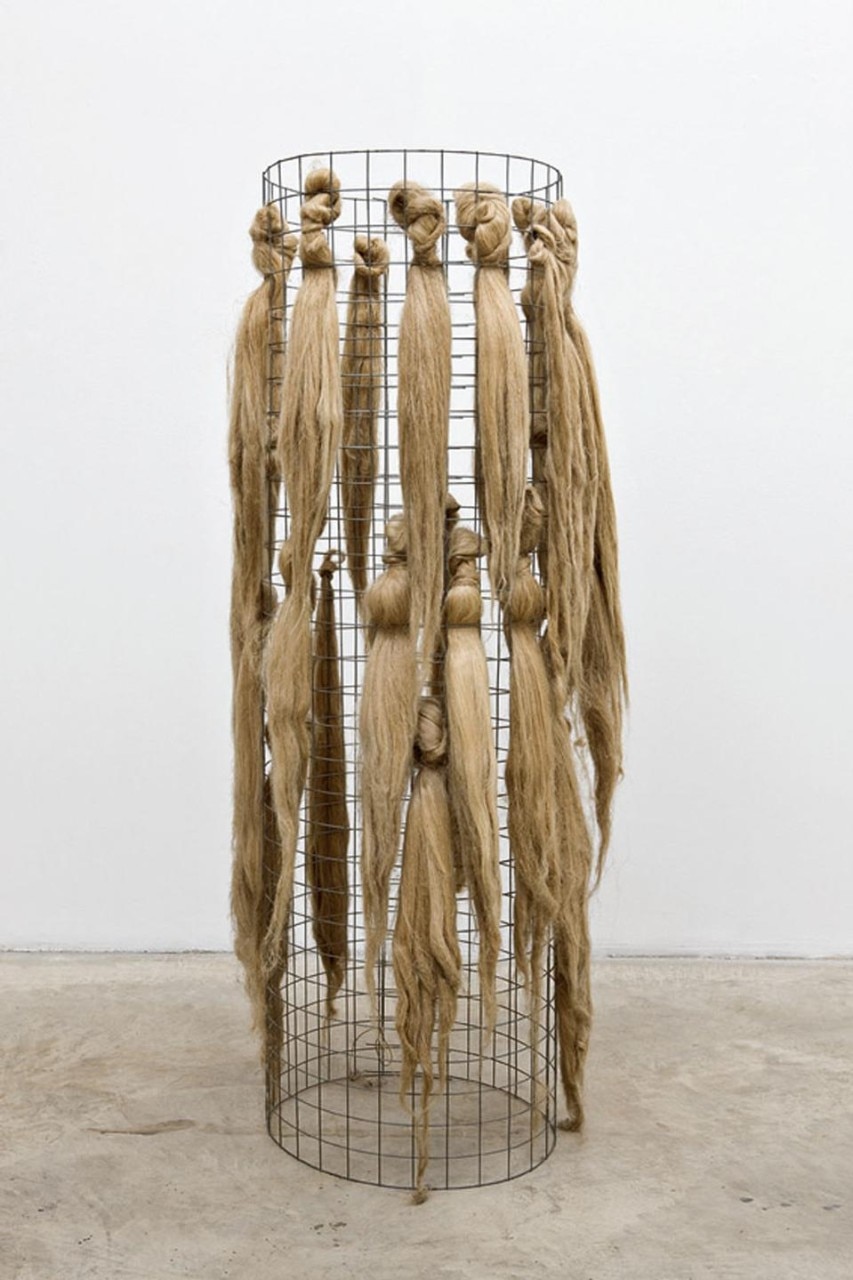Two figures at least loom large in Celant's formation as a 'critico militante', an activist critic: Eugenio Battisti and Carla Lonzi. Battisti taught Art History at the University of Genoa. A specialist in the Baroque, he was passionately interested in contemporary art, while his experiences as a partisan in the war fuelled a powerful civic and political vocation. In the absence of a modern art museum in the city, he built up the Museo Sperimentale, which by 1969 had 360 works donated by artists. Frustrated by the poverty of cultural debate, he set up a new review, Marcatré, whose editorial board was to include Umberto Eco, the poet Edoardo Sanguineti and the architect Paolo Portoghese. To his young protégé, Celant, Battisti handed on both these projects when he decided in 1968 to emigrate to North America. Suddenly the young critic was collecting new artworks for Museo Sperimentale, now in Turin, and running the review, which had transferred to Milan. The apprenticeship put Celant in the middle of theoretical debates, but it also involved him mastering the techniques and skills of cultural work.
Carla Lonzi, a regular contributor to Marcatré, pioneered a new form of art criticism in Italy. Instead of the lofty Crocean historicising mode and attendant academic baronies, Lonzi sought to understand work through extended discussions with contemporary artists. Her method of interview was dialogic in the Bakhtinian sense. Her purpose to find words, often the artist's words, which explored a work's poetics. Her belief in art as a fundamental human activity was total. For Celant, Lonzi's represented an approach that gave absolute priority to artists and their projects while making the critic an indispensable interlocutor. A survey of Celant's numerous monographs and catalogue essays reveals the key role assigned to what artists have to say about their practice, while as exhibition curator he has consistently sought to give them maximum freedom in the selection, installation and display of work.
Germano Celant organised a number of group shows under the title Arte Povera – at the Galleria La Bertesca in Genoa (1967), at the Galleria De' Foscherari in Bologna (1968), at the Galleria Civica d'Arte Moderna in Turin (1970) – and the three-day event "Arte Povera+Azioni Povere at Amalfi" (1968) in collaboration with Marcello Rumma. He published essays formulating and re-formulating the idea of "arte povera" in tandem with the shows, as well in Flash Art where his "Arte Povera. Appunti per una guerriglia" (Arte Povera: Notes for a Guerrilla War) acted as a kind of manifesto to which a range of artists put their names. Now they are familiar figures, but many were then exhibiting for the first time. The main nucleus was based in Turin, a city undergoing a cultural renaissance: Giovanni Anselmo, Alighiero Boetti, Piero Gilardi, Mario and Marisa Merz, Giulio Paolini, Michelangelo Pistoletto, Gilberto Zorio. (Giuseppe Penone joined later. One day he came to Sperone's with photographs of his tree sculptures when Celant was in the gallery. Aged 19, he was promptly recruited to the Arte Povera grouping, becoming its youngest member). The other centre was Rome, hub to a vibrant art scene that included Jannis Kounellis and Pino Pascali, while Celant drew in Emilio Prini from his home town of Genoa, Luciano Fabro from Milan, and Pier Paolo Calzolari from Bologna. The national scope of the new art tendency was important. Learning from Marinetti's example, Celant saw that it was vital for wider recognition that the artists act in concert and with a name to give them visibility. He wrote critiques of the market, of the commodification of art, and of those who succumbed to its logic (Pop Art above all). At the same time, Celant realised that to be effective meant acting as a group, a rationale that the artists understood well enough in a world in which American marketing and branding were so powerful. But unlike Marinetti, Celant was no control-freak. Nor did it make sense to behave in the manner of the historic avant garde when the linear model of history had split apart. Instead, Celant was alive to the role of contingency and the everyday in art as theorised by John Cage, and was adept at stepping sideways and not forever forwards, to paraphrase Pistoletto's Le ultime parole famose (Famous Last Words). His notion of "libero progettarsi", freedom to think and act, was anti-programmatic and proposed an "open practice" that corresponded to Eco's theorization of the "open work". His modus operandi was to create situations and spaces without prescribing what should happen – Boetti was invited to Genoa where he had a shave in a barber's shop; Richard Long came to Amalfi and shook hands with citizens in the piazza; Marisa Merz placed her nylon threaded shoes on the seashore.
The theory developed with the practice. Long nights of discussions in the kitchen of Mario and Marisa Merz. Continuous visits to studios and galleries at a time of extraordinary exhibitions, such as Kounellis's "Senza titolo. [12 cavalli] (Untitled [12 horses]). At first a description of an art that abandoned representation for presentation and played with tautology, the concept of arte povera kept a strong linguistic inflection. But Celant expanded it to incorporate the new importance of matter and energy in artwork, and gave it a more anthropological interpretation in the book Arte Povera, while opening the idea to performance and theatre-related work too. The dialogue between Celant and the artists appears in artwork as well: Boetti's Manifesto with its list of artists and enigmatic hieroglyphs was a response to 'Notes for a Guerrilla War'; Pistoletto wrote on the photograph of a work: "Dear Germano the word poor is alright, the word rich is alright, poor me and rich you isn't alright, poor you and rich me isn't alright." The term was a kind of football kicked between artists and critics. In the end it was Celant himself who said that the Arte Povera group should disband so that individual artists could follow their own paths without carrying unnecessary baggage.
A full account of Germano Celant's life's work would need to encompass many things: his work as director of the Venice Biennale, senior curator at the Solomon R. Guggenheim Museum, artistic director of the Prada Foundation, and artistic supervisor for Genoa's year as European Capital of Culture in 2004; his responsibility for major exhibitions, such as "Identité italienne. L'art en Italie depuis 1959" (Centre Georges Pompidou, 1981), and 'Italian Metamorphosis, 1943-1968' (Guggenheim, 1994); his extensive work as a writer on design and art and his editorial role in magazines such as Artforum. Yet Celant is best known for and will remembered in future for his part in the making of Arte Povera – the making in the decisive historical phase, and the re-making in the sense of the reconfiguring of Arte Povera from the 1980s as an umbrella under which the Italian artists once again exhibited their work as a group in Europe, North America and across the world.
Robert Lumley
